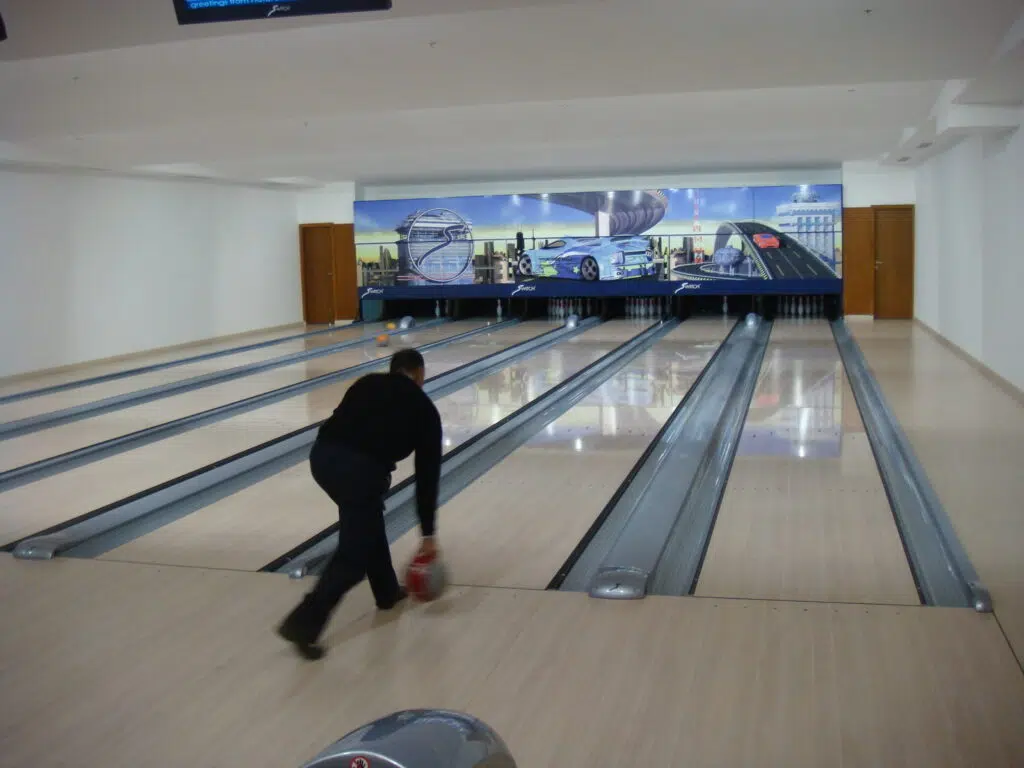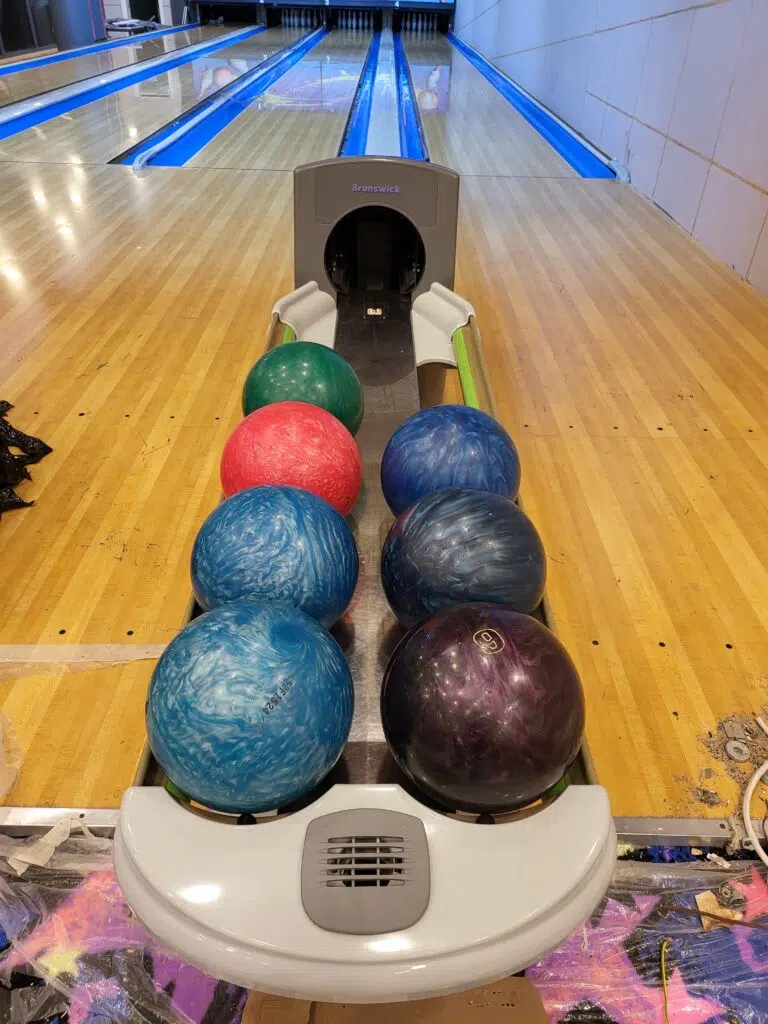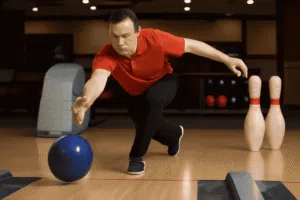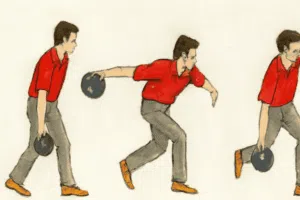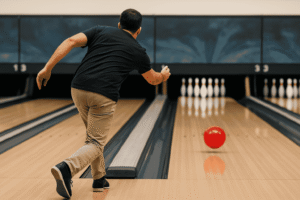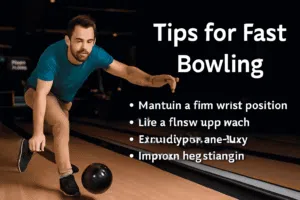
Products
- Pinsetters & Machine Components
- Lane Machine Parts
- Ball Return System Parts
- Lane Surface Accessories
- Electrical & Control Units
Our Services
- Complete Bowling Center Solutions
- Technical Support & Repairs
- Spare Parts Supply
- Equipment Installation & Setup
- Bowling Lane Maintenance
Get Contact (UAE Office)
- info@smcelectronic.com
- +971 50 256 5987
Get Contact (Egypt Office)
- +201066688881
- +201003041630
- 15 MC3 10th of Ramadhan. 3rd floor office no.2


